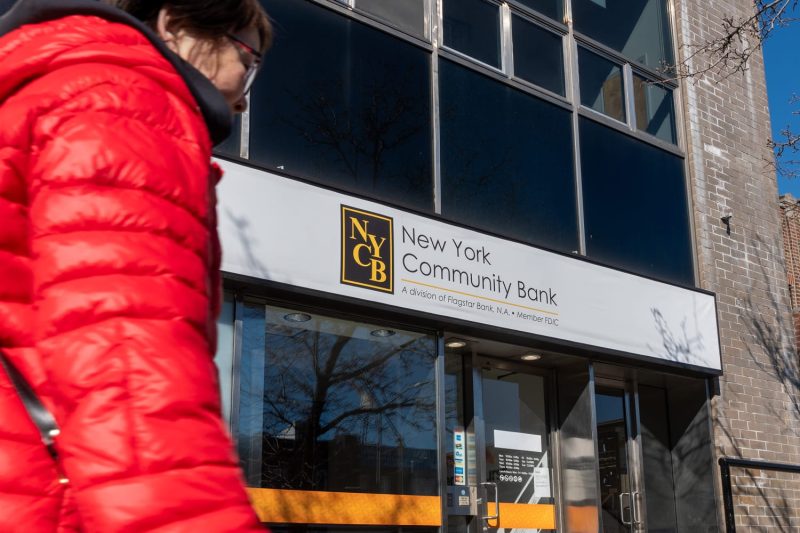In a reminiscent echo of past financial crises, Silicon Valley Bank’s struggles a year ago served as an alarming indicator of potential instability in the realm of regional lending. Recent developments have seen another regional lender, Pantheon Bank, flash warning signs that hint at a possible repeat scenario.
Silicon Valley Bank’s abrupt failure sent shockwaves through the financial industry and raised concerns about the stability of regional banks, particularly in the wake of economic uncertainty and volatility. The ripple effects of this event were far-reaching, serving as a wake-up call for both regulators and market participants to reevaluate the potential risks lurking beneath the surface.
As the dust settled following Silicon Valley Bank’s collapse, the spotlight has now shifted to Pantheon Bank, which has begun to exhibit troubling signs reminiscent of its predecessor’s downfall. One of the key red flags is Pantheon Bank’s rising non-performing loans, indicating a growing number of borrowers unable to meet their debt obligations.
Furthermore, Pantheon Bank’s dwindling profitability metrics have raised concerns about its long-term viability in an increasingly challenging economic environment. The bank’s declining net interest margin and worsening asset quality are ominous signs of potential trouble brewing within its operations.
Another critical issue plaguing Pantheon Bank is its overreliance on risky lending practices and exposure to volatile market conditions. As economic headwinds continue to buffet the financial sector, the bank’s lack of diversification and prudent risk management strategies could leave it vulnerable to external shocks.
Regulators and stakeholders alike are closely monitoring Pantheon Bank’s situation, with calls for increased transparency and enhanced oversight to prevent a repeat of Silicon Valley Bank’s downfall. The need for stricter regulation and effective risk mitigation measures has never been more pressing, as the specter of another regional lender failure looms large on the horizon.
In conclusion, the cautionary tale of Silicon Valley Bank’s demise serves as a stark reminder of the fragility inherent in regional lending institutions. The warning signs emanating from Pantheon Bank underscore the importance of vigilance and proactive measures to safeguard the stability of the financial system. Only by heeding these signals and taking decisive action can we hope to avert another crisis and ensure the resilience of our banking sector in the face of uncertainty.




























